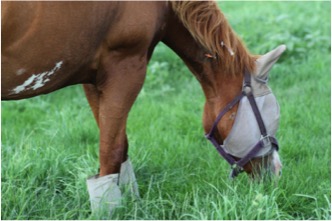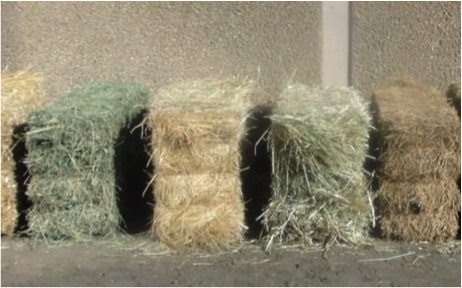horses
-
While not always on the forefront of our mind, mold in hay can be a problem for livestock. Particularly in years like 2021, where we have had a lot of moisture and humidity during harvest. Not only did the wet summer we had increase our chances of mold, but it made producing quality hay more…
-

By Savannah Tanner Emanuel County CEA With over 80,000 head of horses in the state of Georgia, horse owners are looking for efficient and nutritional forage options to feed to their animals. A good rule of thumb for horse owners is that your horse should consume at least one percent of its body weight in hay or pasture daily. For a 1,200…
-

From the January 2019 Issue of the University of Minnesota Extension – Horse Newsletter…. Research Update: Evaluating Glucose and Insulin Levels in Grazing Horses Forage is a primary part of the horse’s diet and is often fed in the form of cool-season grasses, legumes or warm-season grasses. These forage types differ widely in their nutritional…
-

From the January 2019 Issue of the University of Minnesota Extension – Horse Newsletter…. CHOOSING ALTERNATIVE FEEDSTUFFS By: Marcia Hathaway, PhD, University of Minnesota Horse owners may be exploring alternative feedstuffs due to high hay costs, poor quality hay, and/or challenges associated with finding sufficient quantities of hay. When possible, quality hay should make up a…